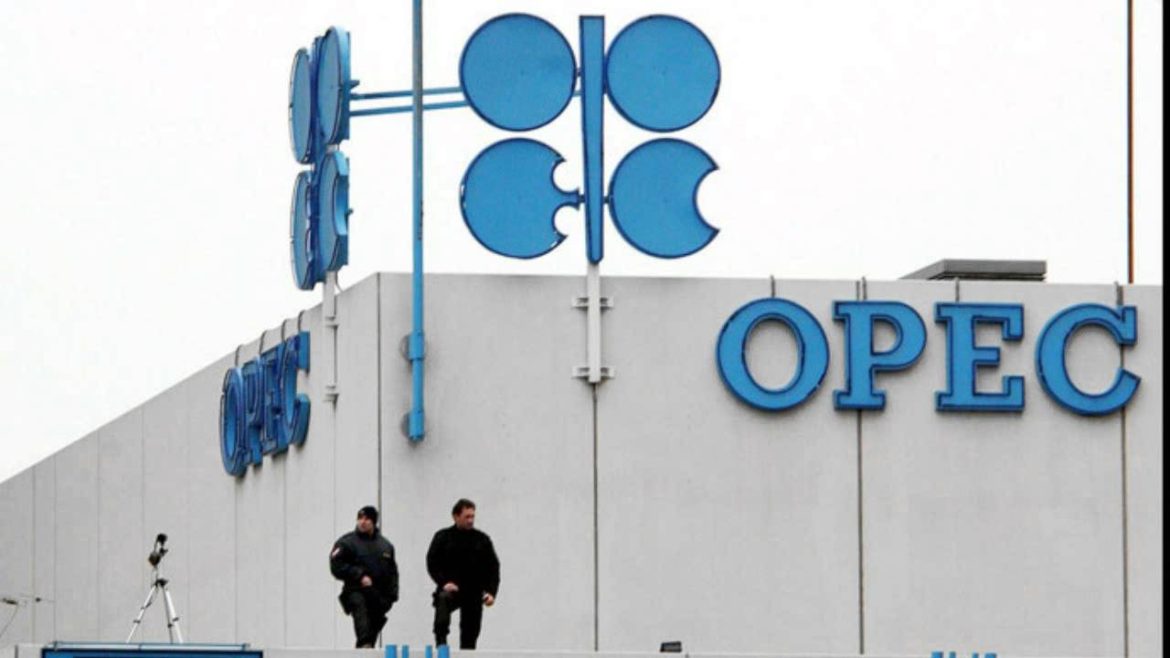By Bart Zhou Yueshen
Cross-market arbitrage that connects one marketplace to another should be watched more closely than it is.
When an earthquake strikes, its relatively mild P-waves travel faster than the subsequent S-waves that cause severe damage. Earthquake early warning systems protect us by tracking the fast P-waves. It is those few seconds between the P-waves and the S-waves that give us precious time to take shelter.
A flash crash, a stock market aberration that generates a huge plunge in prices with an immediate, volatile correction, is a kind of earthquake in financial markets. In a recent article in Management Science, with Albert J. Menkveld (VU Amsterdam), we describe the early signals – like P-waves – that preceded the 2010 Flash Crash, one of the most notorious examples of this volatile event in financial markets.
On 6 May 2010, for 20 minutes in the mid-afternoon in America, stock prices went into free fall. The Dow Jones index alone lost about 9 percent of its value. This shock wave was followed by another half-hour of intense – think 15,000 orders per second – volatility as order frequency hit fever pitch. We still don’t understand the true cause of this particular flash crash (among the possible culprits: a large sell order, a technical glitch, one fraudulent trader). The uncertainty around this dramatic flash crash led to some distrust in financial markets among ordinary investors.
The epicentre of this particular flash crash was concentrated on the electronically traded instruments of E-mini and SPY which track the S&P 500 Index. Stocks are traded across venues so when there is price dispersion across the markets, neither sellers nor buyers can find one another. Such cross-market price dispersions are like the P-waves: Before the actual crash (the S-waves), certain marketplaces had widely different prices for shared stocks, sinking prices in one locale which then spread to others.
Market fragmentation
With a dozen venues trading the same stock – there are 12 stock exchanges for US equities, not to mention dark pools, and other trading options – this fragments participation. Some investors are in one venue, and others are active in another; when investors sell across these venues, we call it cross-market arbitrage. When venues are linked together, all the investors are connected as well, sharing liquidity across the network.
If there is a disconnection across the venues for some reason, even a technical one related to cables for example, cross-market arbitrage dries up as investors lose a 12th of their network with every market disconnection. Without those investors who can restore needed liquidity, any demand to buy or to sell a stock is necessarily met at best locally, in a much smaller network. And prices respond accordingly with precipitous falls, followed by tremendous volatility. We see the 2010 Flash Crash as a cautionary tale about fragmentation.
Electronic trading and flash crashes
Flash crashes have happened, very quickly and notably several times in 2019, 2013 (after AP’s Twitter feed was hacked, sending out a false alert about explosions at the White House) and, of course, 2010.
In our paper, we found that just before the 2010 Flash Crash, stock prices were no longer aligned across venues. And the stocks that first showed cross-market arbitrage breakdowns were the first ones to crash. A statistical measure indicates that the price difference among the markets became wider, not only for a single stock. This statistical difference became resistant across many stocks, like a financial P-wave, warning about the destructive S-waves to come. Cross-arbitrage connectivity throughout the markets slowed before the price dropped, wreaking the real damage.
Disconnected markets can be very costly to fundamental investors (generally considered to be those who hold their stocks for the long term). We performed a forensic examination of the data related to a single large seller involved in the 2010 Flash Crash. After the cross-arbitrage breakdown was re-established, E-mini prices recovered more slowly than SPY prices. Our seller traded most of his 75,000 contracts in the minutes after the breakdown which kept the selling pressure high for E-mini and, in the absence of cross-market arbitrage, the price differential between E-mini and SPY continued to widen.
At its most disparate point, the E-mini ask price was more than 100 basis points below the SPY bid. Using the large seller’s trade data, we estimate he overpaid for his trades, somewhere in the range of US$98.6 to $229.8 million. This seller became a victim of the crash.
Track price dispersion?
All investors could pay a high price for demanding liquidity when cross-market arbitrage weakens.
Like an earthquake is not a single catastrophe but one with many waves, starting with a mild tremor without immediate damage, other events have signals that precede serious damage. Perhaps when cross-market arbitrage is down, especially for larger price shocks, the luxury of a bit of warning – even if only a few minutes earlier – might be possible. If investors were warned of elevated volatility with a quote dispersion metric three to ten minutes before, perhaps they could quickly prepare for the S-wave of the oncoming flash crash.
Bart Zhou Yueshen is an Assistant Professor of Finance at INSEAD.









